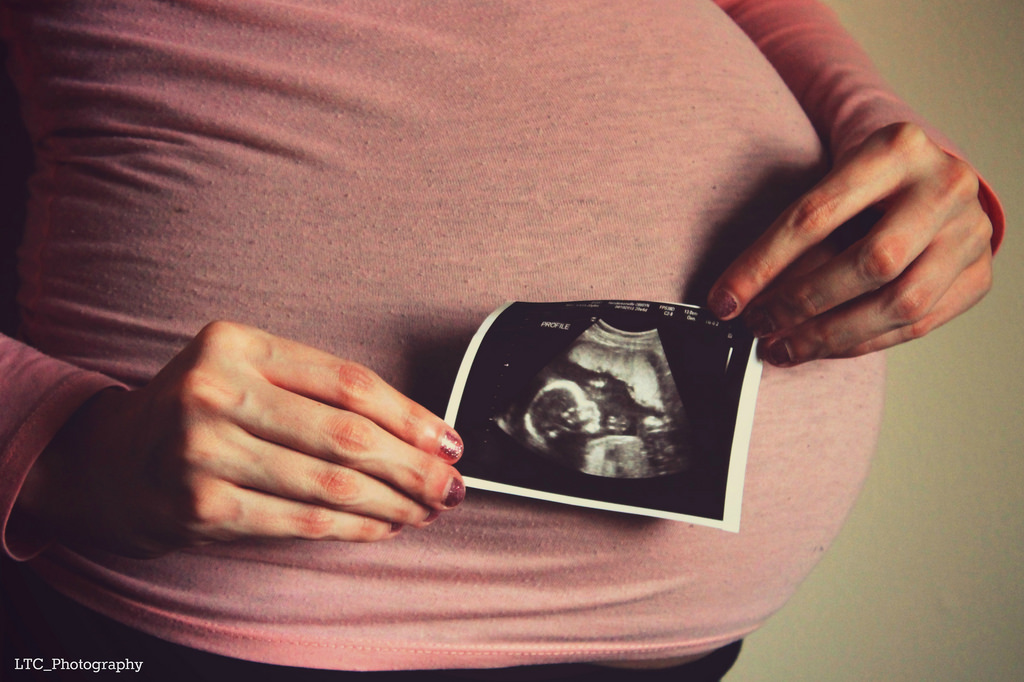We have, over the last twenty years, seen many studies assessing the risks associated with prenatal exposure to antidepressants. For the serotonin reuptake inhibitors (SRIs), we have a fairly large body of data regarding the prevalence of major malformations in children prenatally exposed to these antidepressants; however, we have considerably less data on the effects of exposure to SSRIs on brain development. This data is considerably more difficult to gather, as the changes may be more subtle, affecting the microarchitecture of the brain, or these changes may not become evident until the child is much older.
A recent study from Lugo-Candelas and colleagues uses structural and diffusion magnetic resonance imaging (MRI) to examine the effects of prenatal exposure to SSRIs on the developing brain. This study conducted at Columbia University Medical Center and New York State Psychiatric Institute included 98 infants: 16 with SSRI exposure during pregnancy, 21 with in utero exposure to untreated maternal depression, and 61 healthy controls.
In order to limit the impact of exposures taking place after delivery, the children were examined very early. The mean age of the infants at the time of the MRI scan was 3.43 weeks (SD 1.50). When compared to either infants born to healthy controls or infants exposed to untreated maternal depression in utero, voxel-based morphometry showed significant gray matter volume expansion in the right amygdala and right insula in the SSRI-exposed infants. In connectome-level analysis of white matter structural connectivity, the SSRI group showed a significant increase in connectivity between the right amygdala and the right insula with a large effect size.
It is difficult to interpret the findings of this study. Serotonin transporters, the targets of SRI antidepressants, are distributed throughout the developing brain. The neurotransmitter serotonin plays an important role in neurodevelopment, and there is concern that exposure to antidepressants that modulate serotonin may alter brain development in some way. One way to interpret the data here is that prenatal exposure to SSRIs results in an increase in the size of the right amygdala and increased connectivity to the insula. Because both of these regions are involved in the stress response and the regulation of mood, the concern is that these changes might lead to increased vulnerability to anxiety and depression.
But before we go down that road, it is important to note some of the limitations of this study. The first issue is that the study is very small, including only 16 women taking SSRIs during pregnancy and 21 women with depression but not treatment with medication. The researchers were able to see statistically significant differences between the exposed and non-exposed groups; however, the sample sizes were too small to evaluate the impact of potential confounding factors.
Another limitation is that there were differences between the groups in terms of maternal age, race/ethnicity, and household income. In addition, because this was not a randomized trial, there may be important factors, such as severity of illness, which differentiate between women who elect to use antidepressant medications during pregnancy versus those who elect to avoid medication.
Distinguishing Between the Effects of the Medication and the Illness Itself
The authors attempted to distinguish between the effects of the medication on neurodevelopment and the effects of untreated illness by selecting a control group of women who had depressive symptoms (but no SSRI exposure) during pregnancy. Depressive symptoms, as measured using the CES-D, Center for Epidemiologic Studies Depression scale, at a single time point between 19 and 39 weeks’ gestation, were markedly higher in the untreated control group (mean 24.33) than SSRI-treated women (mean 12.63) and healthy controls (mean 7.22).
.But to me, one of the most interesting details (found in the small print attached to Table 1) is the timing of SSRI exposure. Thirteen of the 16 women initiated SSRIs during the third trimester, two in the second trimester, and one in the first trimester. It is not possible to glean more precise clinical details from this report; however, we can speculate that most of the women in the SSRI-treatment group were depressed for some period of time before they initiated treatment with an SSRI. It is also possible that these women (and the developing fetus) were exposed to more severe depressive symptoms than the women in the untreated group.
So I am left wondering what is actually being measured in this study. In the SSRI-exposed group, we may not be looking at the effects of SSRIs on the developing brain, but we could actually be seeing the effects of severe untreated depression on the fetal brain since these women spent more time during the pregnancy untreated than receiving SSRI treatment.
This interpretation is consistent with previous studies looking at the impact of untreated maternal depression on the developing brain. Several groups have observed changes in the architecture of the amygdala and increased amygdala-prefrontal cortex connectivity in children exposed to untreated maternal depression in utero (Posner 2016, Qiu 2015, Rifkin-Graboi 2013). Looking at older children (4.5 years) exposed prenatally to maternal depression, Wen and colleagues (2017) observed increased volume of the right amygdala in girls but not in boys.
To quote the authors of the study: “Further study is required to better elucidate the effects of gestational SSRI exposure on fetal brain development and later life susceptibility to depressive, cognitive, and motor abnormalities.”
Ruta Nonacs, MD PhD
Lugo-Candelas C, Cha J, Hong S, Bastidas V, Weissman M, Fifer WP, Myers M, Talati A, Bansal R, Peterson BS, Monk C, Gingrich JA, Posner J. Associations Between Brain Structure and Connectivity in Infants and Exposure to Selective Serotonin Reuptake Inhibitors During Pregnancy. JAMA Pediatr. 2018 Apr 9.
Posner J, Cha J, Roy AK, Peterson BS, Bansal R, Gustafsson HC, Raffanello E, Gingrich J, Monk C. Alterations in amygdala-prefrontal circuits in infants exposed to prenatal maternal depression. Transl Psychiatry. 2016 Nov 1;6(11):e935.
Qiu A , Anh TT, Li Y, Chen H, Rifkin-Graboi A, Broekman BFP, Kwek K, Saw S-M, Chong Y-S, Gluckman PD, Fortier MV, Meaney MJ. Prenatal maternal depression alters amygdala functional connectivity in 6-month-old infants. Transl Psychiatry. 2015 Feb; 5(2): e508. Published online 2015 Feb 17.
Qiu A, Anh TT, Li Y, Chen H, Rifkin-Graboi A, Broekman BF, Kwek K, Saw SM, Chong YS, Gluckman PD, Fortier MV, Meaney MJ. Prenatal maternal depression alters amygdala functional connectivity in 6-month-old infants. Transl Psychiatry. 2015 Feb 17;5:e508. doi: 10.1038/tp.2015.3. Free Article
Rifkin-Graboi A, Bai J, Chen H, Hameed WB, Sim LW, Tint MT, Leutscher-Broekman B, Chong YS, Gluckman PD, Fortier MV, Meaney MJ, Qiu A. Prenatal maternal depression associates with microstructure of right amygdala in neonates at birth. Biol Psychiatry. 2013 Dec 1;74(11):837-44.
Wen DJ, Poh JS, Ni SN, Chong YS, Chen H, Kwek K, Shek LP, Gluckman PD, Fortier MV, Meaney MJ, Qiu A. Influences of prenatal and postnatal maternal depression on amygdala volume and microstructure in young children. Transl Psychiatry. 2017 Apr 25;7(4):e1103. Free Article








Leave A Comment